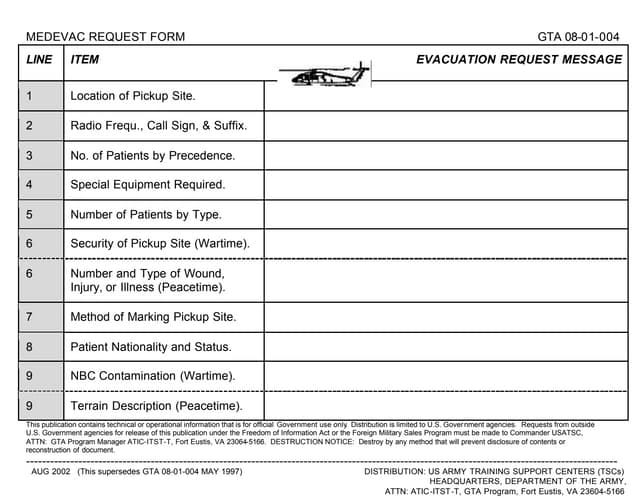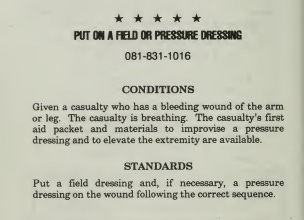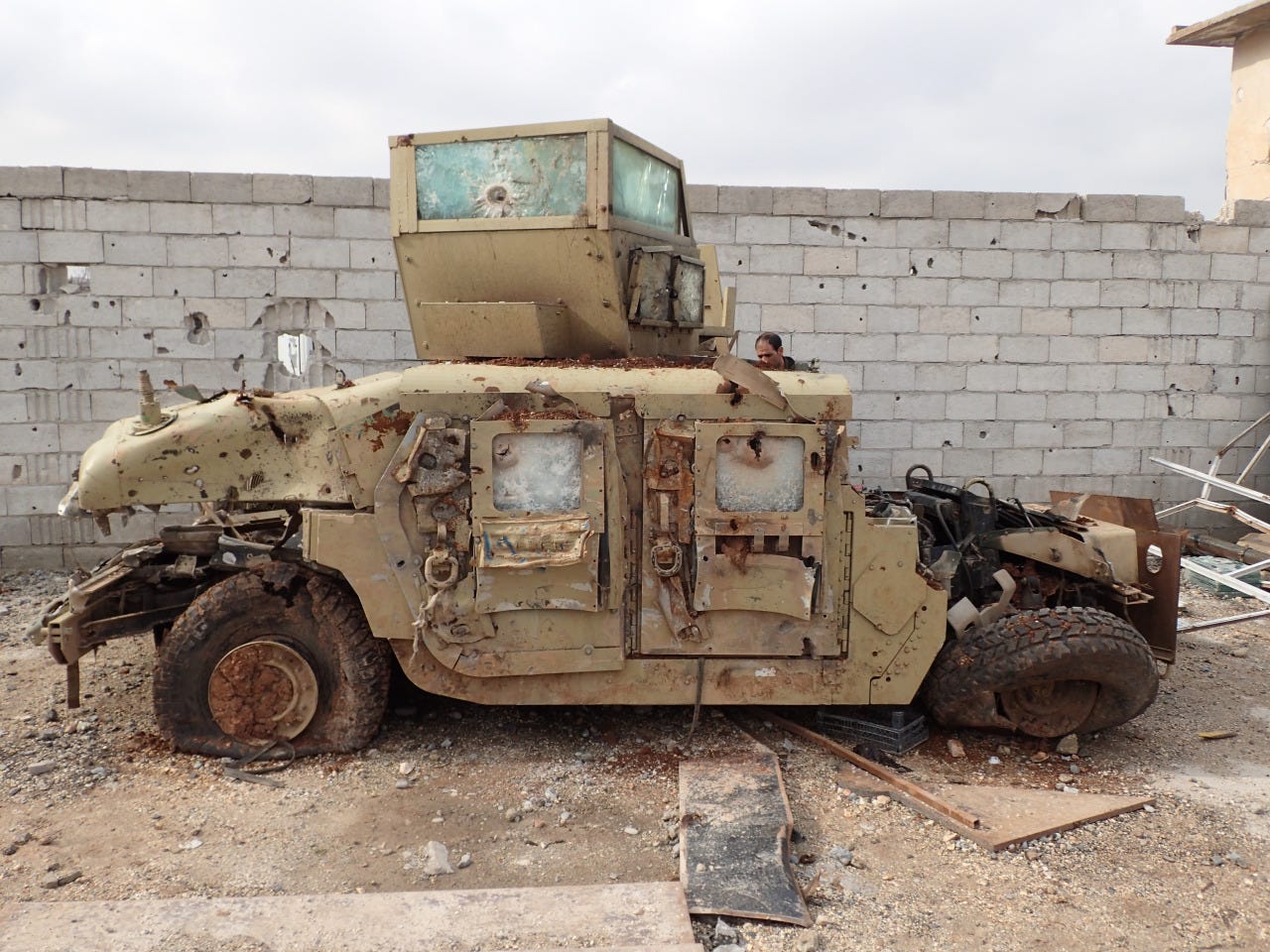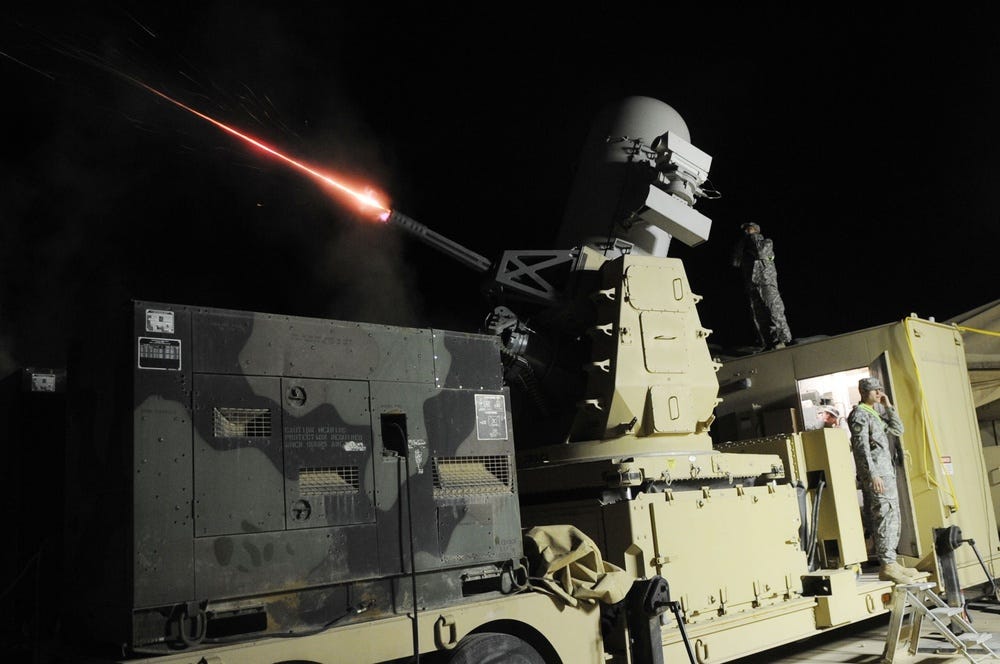Before I start, quick note:
I think that the paper I talk about in this article is important enough that it needs a wider audience. This Substack post is free. Please feel free to distribute.
Much of this information in this article comes from Dr. Aaron Epstein’s landmark paper: “Putting Medical Boots on the Ground: Lessons from the War in Ukraine and Applications for Future Conflict with Near Peer Adversaries.”
Dr. Epstein is the founder of Global Surgical and Medical Support Group (GSMSG), that has been providing assistance, training, medical support, and surgical support to Ukrainian Special Operations Forces since the Russian invasion began in February 2022.
If you would like to read the paper, it can be accessed at at the Journal for the American College of Surgeons.
Or in the PDF below.
From Vietnam to Afghanistan, if you were wounded, that whoop-whoop-whoop of the Huey or the high-pitches whine of the Blackhawk was sweetest sound you ever heard.
If you could get a casualty back to surgical care within one hour, they had a 90% chance of surviving their injuries.
But this was only possible due to American air superiority and the lack of capability the COIN (counter-insurgency) adversary had in electronic warfare and missile defense.
The war in Ukraine is proving that the LSCO (Large Scale Combat Operations) fight may be a lot different.
If you served in the military, you probably remember the 9-line medevac card. It’s what’s used to “call in” a medical evacuation helicopter.
Everybody had a laminated copy of this card in their leader book. It was so important that performing the process of calling in a MEDEVAC was required to attain the Expert Infantry Badge.
But how do you call in a MEDEVAC when you can’t use your radio due to enemy jamming or domination of the airspace?
Air and electromagnetic spectrum dominance are not an American birthright. Future peer and near-pear adversaries in the LSCO fight will have far more capabilities to disrupt TCCC and evacuation than insurgency fighters had in COIN warfare.
If you were a soldier back in the 1990’s you probably remember the book below:
This book was the touchstone and held every single basic task that a soldier was supposed to know, including the task of how to stop bleeding.
We were trained to always apply a pressure dressing first, even for a wound to an extremity. Tourniquets should only be used as a last resort. In fact, the text in the manual read:
This little box contained 52 words that sealed the fate of countless US soldiers. Soldiers who had been hit in the leg or arm received pressure dressings first.
IEDs - or Improvised Explosive Devices were the weapons of choice among Iraqi insurgents, and the explosion would often go straight into the legs of the anyone in the vehicle.
Medics and Combat Lifesavers (non-medical soldiers with extra medical training) did exactly as they were taught and applied pressure dressings until the blood seeped through and the life drained out of their patient.
It took until 2006 - five years into the war in Afghanistan and three years into the war in Iraq for the Army to release an updated manual.
Which finally told soldiers to stop the bleeding first and make the tourniquet an early option instead of an option of last resort.
We’re always fighting the last war.
The tourniquet option from the Global War on Terror worked because any soldier had a good chance of making it back to a secure FOB (Forward Operating Base) for treatment.
And while there were attacks on FOBs in Iraq and Afghanistan, they were mainly uncoordinated mortar attacks and there were ways of dealing with the threat.
When a Ukrainian soldier is wounded, helicopter MEDEVAC is not widely available. The jamming of the electromagnetic spectrum means that not only is contacting a MEDEVAC difficult, but so is the transmitting the transported casualty’s status back to the receiving medical unit. Medical units literally have no idea what types of injuries will present until the evacuation vehicle arrives.
It is also likely that Russia has been intentionally targeting medical vehicles and medical installations.
Future LSCO conflicts will have to take this targeting into account and employ active (C-RAM / other air defense) and passive (constant movement) into their plans for treatment and evacuation.
The nature of injuries has changed as well. The Global War on Terror mainly saw blast injuries and amputations with the occasional gunshot wound. The conflict in Ukraine with its artillery-focused combat has re-introduced multiple traumas back into the mix on a scale not seen since World War II.
Body armor helps, but there are gaps in body armor - especially in the abdomen, sides, neck and legs. And body armor doesn’t protect against TBI (Traumatic Brain Injury).
TBI became a major issue among soldiers who were involved in IED strikes, but in the current LSCO conflict in Ukraine, soldiers presenting with TBI is nearly universal from the blast effects of artillery.
The US Army is going to have to figure out how to treat casualties closer to the front and perform evacuations under degraded conditions and it doesn’t have a lot of time. The latest Soldier’s Manual of Common tasks has a chapter on MEDEVAC.
But will the soldier know what to do when nobody is on the other end of that call?




















Why was a tourniquet ever deemed an only last resort option to begin with when it seems like an obvious life saving measure?
The reason we are always fighting the last War is you cannot learn from a lesson until it is taught...
I think the trick is to not only learn faster, but apply it every bit as fast... It should not have taken them 6 yrs to realize the regular way wasn't working as intended in Iraq/Afghanistan...